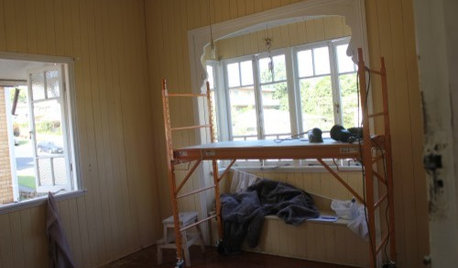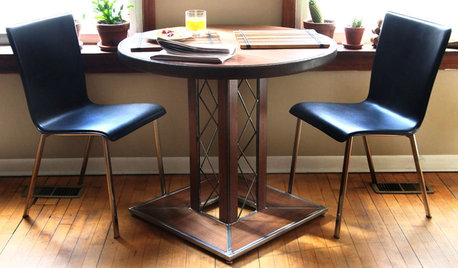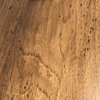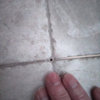Sistering joist questions
orourke
14 years ago
Related Stories

REMODELING GUIDESSurvive Your Home Remodel: 11 Must-Ask Questions
Plan ahead to keep minor hassles from turning into major headaches during an extensive renovation
Full Story
ORGANIZINGPre-Storage Checklist: 10 Questions to Ask Yourself Before You Store
Wait, stop. Do you really need to keep that item you’re about to put into storage?
Full Story
REMODELING GUIDESConsidering a Fixer-Upper? 15 Questions to Ask First
Learn about the hidden costs and treasures of older homes to avoid budget surprises and accidentally tossing valuable features
Full Story
ORGANIZING4 Questions to Help You Organize Your Favorite Photos
Organize your keeper photos with a system that's just right for you, whether it's in the cloud or you can hold it in your hand
Full Story
GREEN BUILDINGConsidering Concrete Floors? 3 Green-Minded Questions to Ask
Learn what’s in your concrete and about sustainability to make a healthy choice for your home and the earth
Full Story
MOST POPULAR8 Questions to Ask Yourself Before Meeting With Your Designer
Thinking in advance about how you use your space will get your first design consultation off to its best start
Full Story
MOVINGHiring a Home Inspector? Ask These 10 Questions
How to make sure the pro who performs your home inspection is properly qualified and insured, so you can protect your big investment
Full Story

HOUZZ TOURSHouzz Tour: Sweet Georgia Summer Beach Home
A cinderblock structure is transformed into an airy, cheery beach house for three vacationing sisters and their families
Full Story
LIFEHow to Navigate an Extended Guest Stay
Keep sharing living quarters a positive experience by pondering the answers to these questions in advance
Full StoryMore Discussions









brickeyee
orourkeOriginal Author
Related Professionals
Pooler General Contractors · Catonsville General Contractors · Medway General Contractors · Modesto General Contractors · North New Hyde Park General Contractors · River Forest General Contractors · Schertz General Contractors · University Heights General Contractors · Palm River-Clair Mel General Contractors · Eagan Painters · Knoxville Painters · Alsip Painters · Round Lake Beach Painters · Saint Andrews Painters · Placerville Painterssombreuil_mongrel